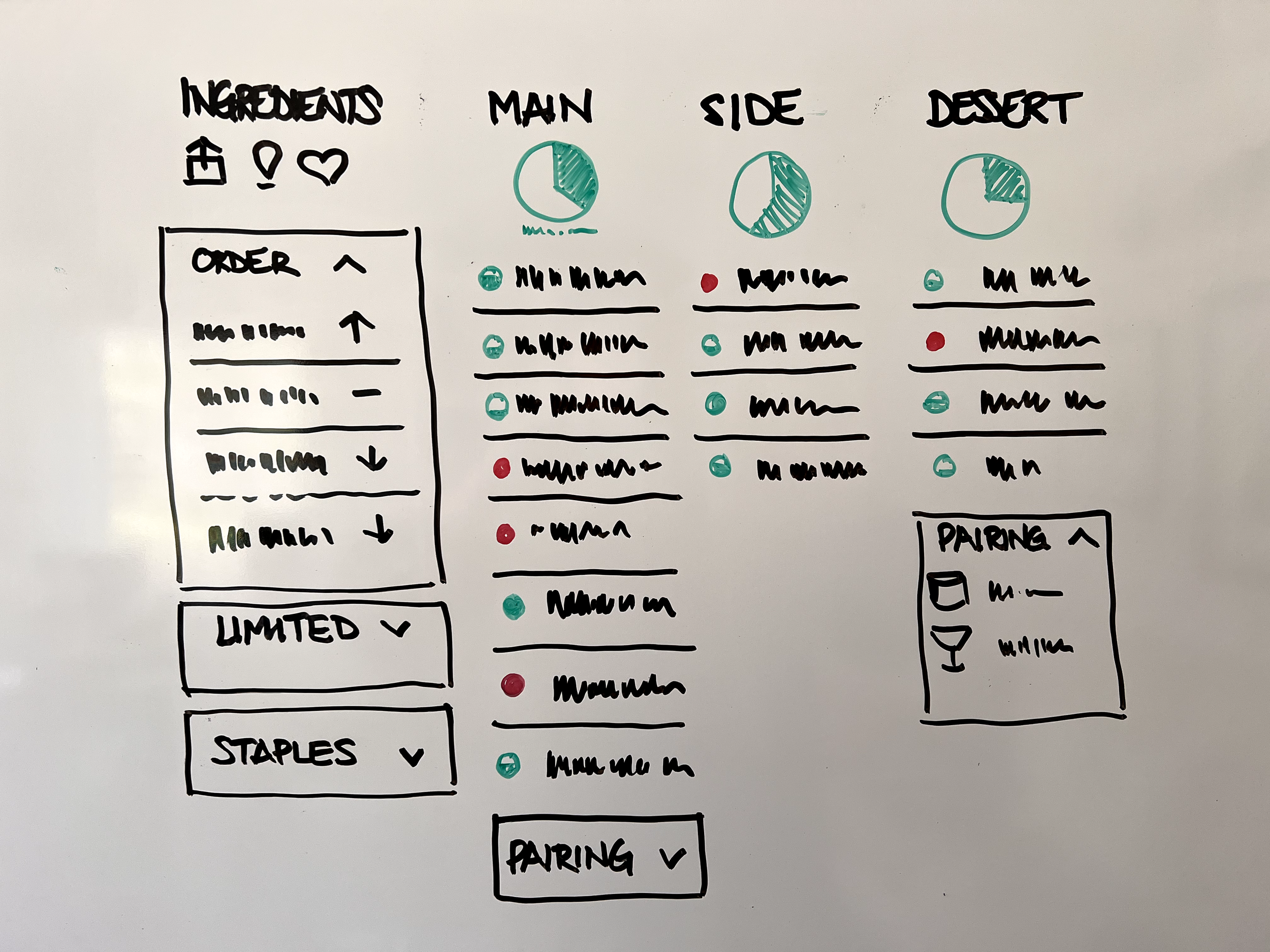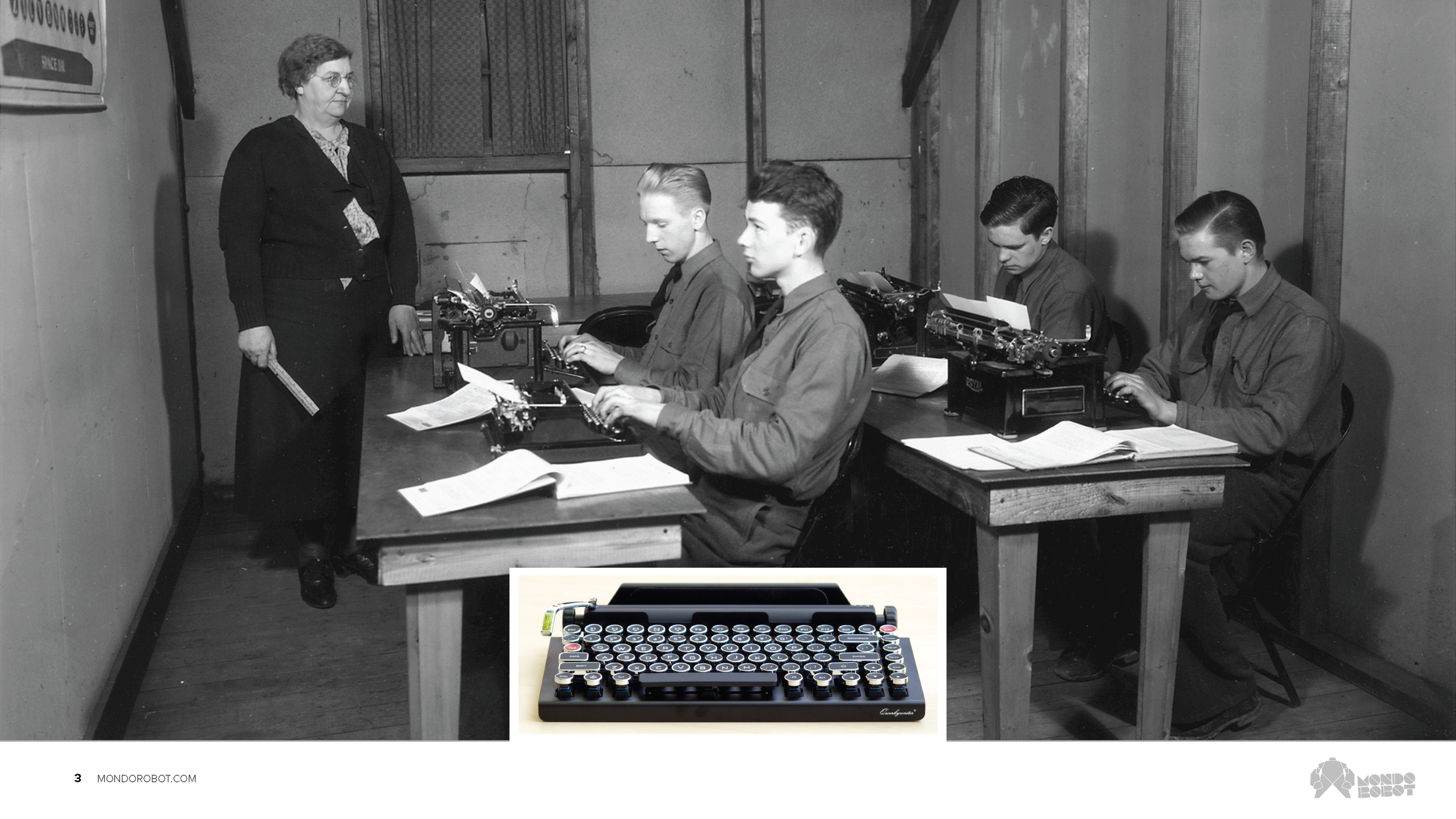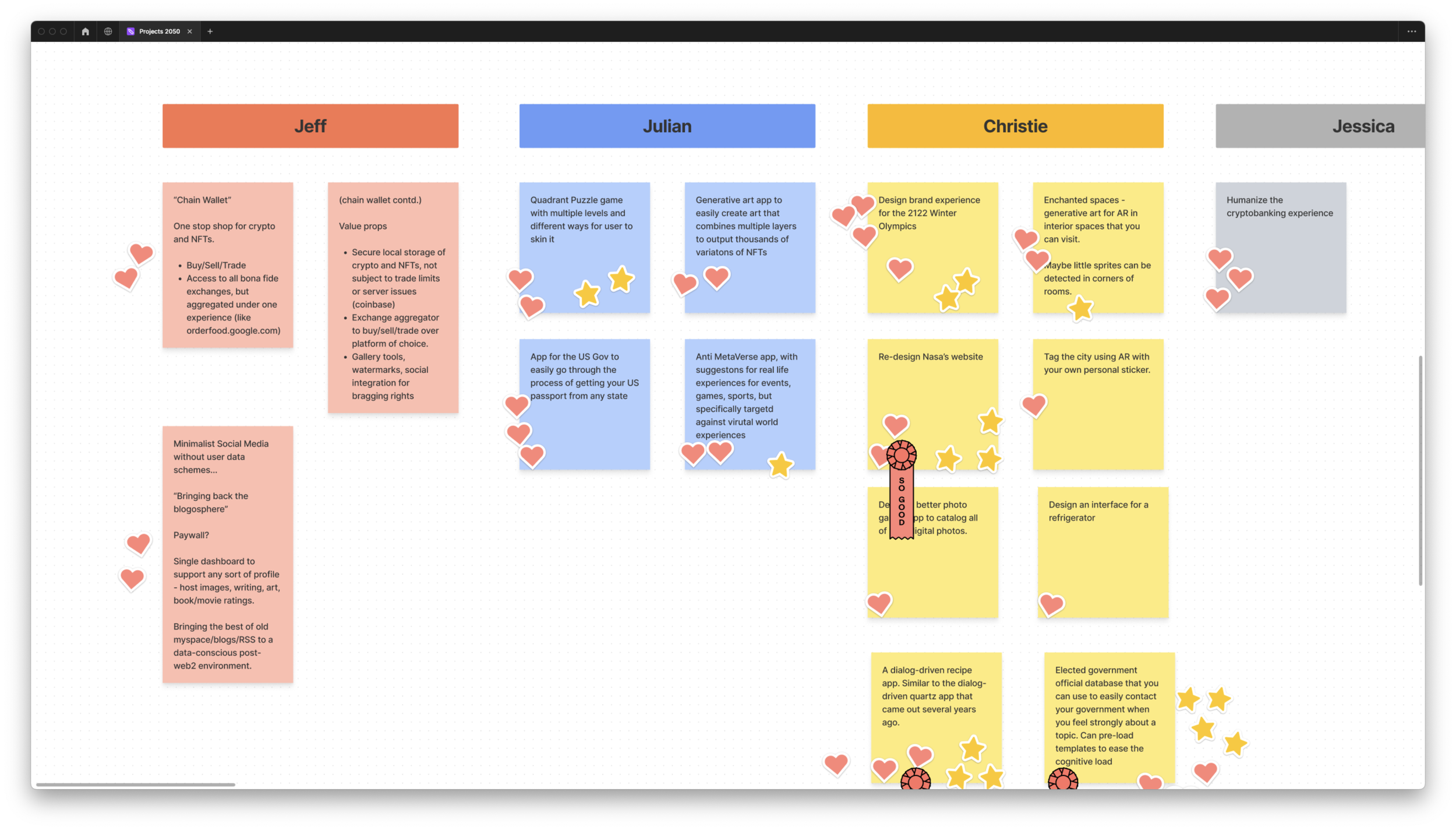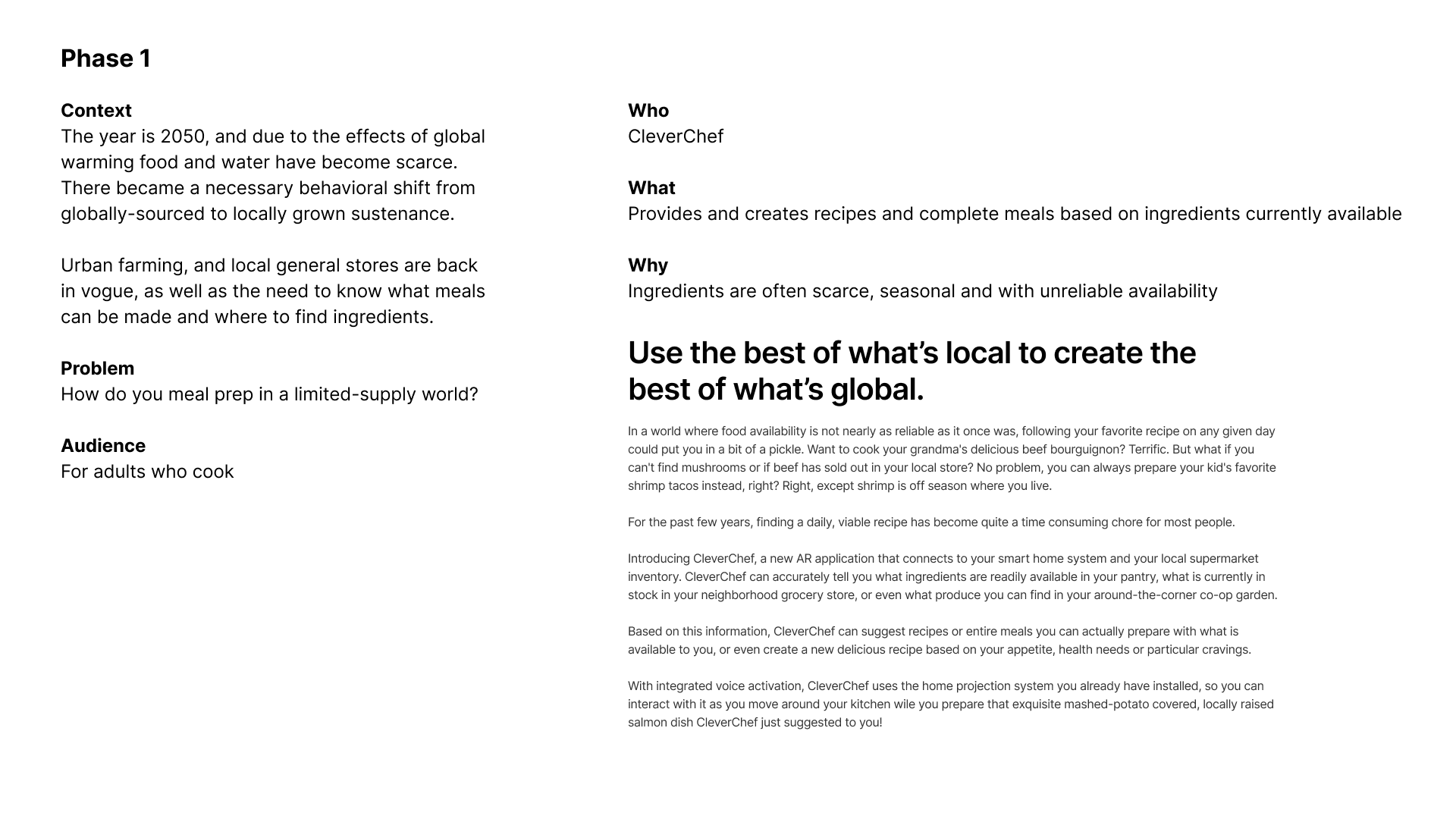Exercises for Developing Design Talent
Training Through Dialogue
Today's product creators don't learn enough on the job. Product design leaders must find novel ways to train their teams to improve both soft and hard skills. Each company environment is different, but I've experimented with activities that can be adjusted to accommodate team sizes, time available, and remote/on-site status.
Programming Time for Growth
First, let's recognize that building digital products is all consuming. Time is more compressed than every before. Every hour (really minute) of the day has to be used productively to match estimated schedules. Both seen and unseen artifacts constitute the totality of activities that comprise the final software release the world will (hopefully) enjoy.
Over the course of our careers, there are certain projects that stand out not because of the cool factor, but because of what they ask of us. We had to stretch and muster consistent focus over a long period. Those are the projects where we learned the most about ourselves -- and we're better for it. That intensity yields "hands on experience," but how about experience off the field? Where does that come from?
Growth is continuous and layered
Part of an employees growth is the responsibility of their manager. Leaders must encourage their reports to keep educating themselves and be willing to participate in that pursuit. Some of that time has to be overhead for the company. It is too much to ask employees to do all of it in their free time. Education is a constant, no matter your age or experience. Finding constructive feedback and criticism, however, is challenging in an autodidactic environment. I believe learning in a group setting is most impactful, assuming its done with sensitivity.
Learning Styles
In my time managing design teams, I support continuous learning. This comes in two forms: external resources and internal exercises. The former is obvious -- take a class, read a book, attend a conference, or publicly present. The latter requires work on behalf of the department manager and is the subject of this article.
First, here is my aim with these exercises -- to grow the entire designer. I don't hire talent that just has a nice portfolio. I'm looking for substance of character and a curious mind. S/he must have good intuition and critical thinking skills -- even if they are unpolished.
The following exercises are geared to improve:
critical analysis
communication skills
empathic visualizing
proper application of design activities
structured idea generation free of project constraints
Three Exercises To Steal
Exercise 1: Critical Analysis
Hunt + Gather is an exercise to improve critical seeing
Developing a discerning eye for good/bad executions is not as simple as it sounds. Understanding why a design is pleasing or an interaction appropriate requires critical thought. Articulating what makes for a bad design is equally valuable. Explaining your observations to others is challenging, but essential as designers advance into art direction roles.
I call this exercise "Hunt and Gather." Designers are provided a topic to investigate and must go out to the digital wilds to hunt visual trophies to bring back to the group. S/he then presents their findings and argues for why they feel each sample exemplified the objective.
Topics spanned the gamut, from dark patterns to color trends to navigation hierarchies. Occasionally, we added more activity-oriented samples which may have supported a current client project, such as novel customer journey charts.





Beyond improving each designer's critical analysis, there was an unforeseen benefit to this accumulating museum of artifacts. On several occasions, client pitches and actual projects required examples of what we intended to build. Having a library of pre-vetted samples was super handy.
Exercise 2: Communication Skills
Presenting in front of a live audience improves communication skills
Petcha Kucha is a compact format for communicating an idea. The presenter must be concise, reduce extraneous filler, eliminate speech ticks, all while relating a compelling story. The impact is obvious. If done enough times, designers become more comfortable presenting their work to clients. That was the goal.
For over a year, I ran this exercise when I co-managed a group of fifteen designers. Every month, I asked three designers to present on a pre-assigned topic. The topic was general enough to give everyone latitude to interpret. Each designer had 10-minutes for 10-slides with five minutes at the end reserved for Q&A.
The sessions were fast paced and revealed new dimensions to our colleagues than previously known. While some burn-out eventually occurred, it was a welcome monthly sharing of ideas and topics. The designers improved their presentation skills and I definitely saw the results inside client engagements.
Exercise 3: Idea Generation
A group idea board allowed votes to determine the winning concepts
On one occasion during the pandemic, business was slow. We were pitching for new work, but nothing had been signed and kicked off yet. This meant I had to keep the design group engaged and their skills sharp. When managing remote teams, attention to the right things is paramount.
I came up with an assignment intended to run them through an entire design process, but in a condensed format. I created designer pairs based on personality and experience. Each team would engage in fast iterations meant to assure they didn't hold ideas precious. I wanted to encourage fluid thinking, faster decision making, and ultimately risk taking. I called this exercise Project 2050.
The exercise unfolded over 4-6 weeks in between other internal work. I set the stage with the scenario -- the year is 2050. How will our lives be lived and what digital experiences will we encounter? That year is just far enough out that we could make a lot of assumptions and would be free of real-life project constraints. No matter the scenario, the final design would address how users will interact with content.
Creative briefs grounded the agreed upon parameters
As a group we listed out all the areas of interest and then voted on which three were most interesting. From there, I established the process and time boxed the activities. A key component, rarely undertaken in product agencies, is an exercise I learned in the marketing world -- write out a bunch of short press releases for your ideas. We held weekly reviews of the evolving work to exchange ideas that usually began with, "what if...".
It was fascinating to explore today's macro trends and imagine how they might manifest in 25-years. These socio-economic discussions and explorations gave rise to concepts that went beyond the interface designs to capture the personal perspectives of each design team.
In another post, I will fully present the results of this exercise as they warrant a more thoughtful review.






Go For It
I hope these exercises provide you with some inspiration. They are listed in order of time commitment, with the first being the least. All of them yield something of benefit to each designer. While these do require some participation by the department lead, they present an opportunity to construct a supportive feedback loop. They don't replace external education resources, but provide a supplementary path that is equally valuable.
Each exercise works on qualities I highly value in a designer-- curiosity, communication, and interpersonal skills. Keep growing.


















